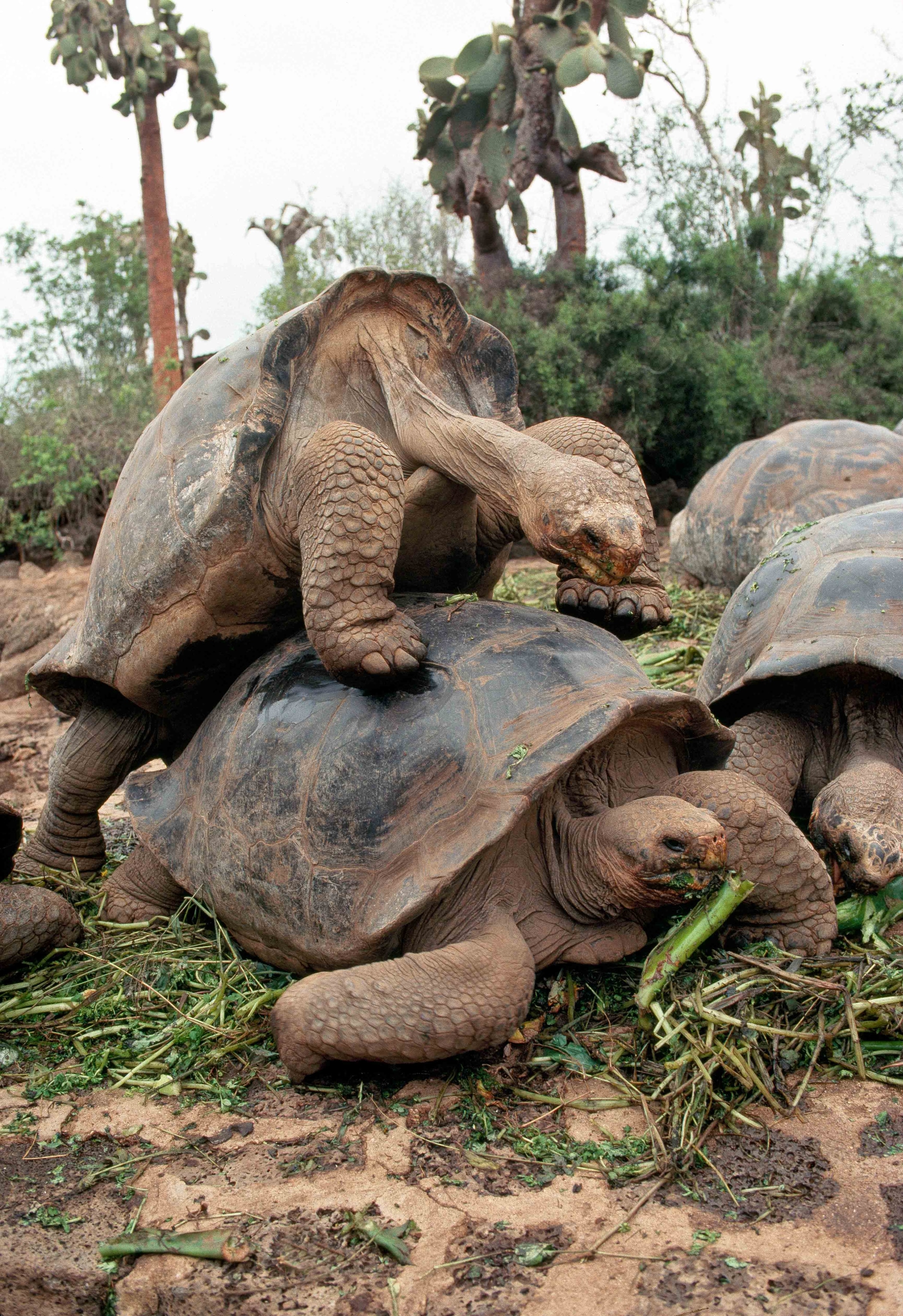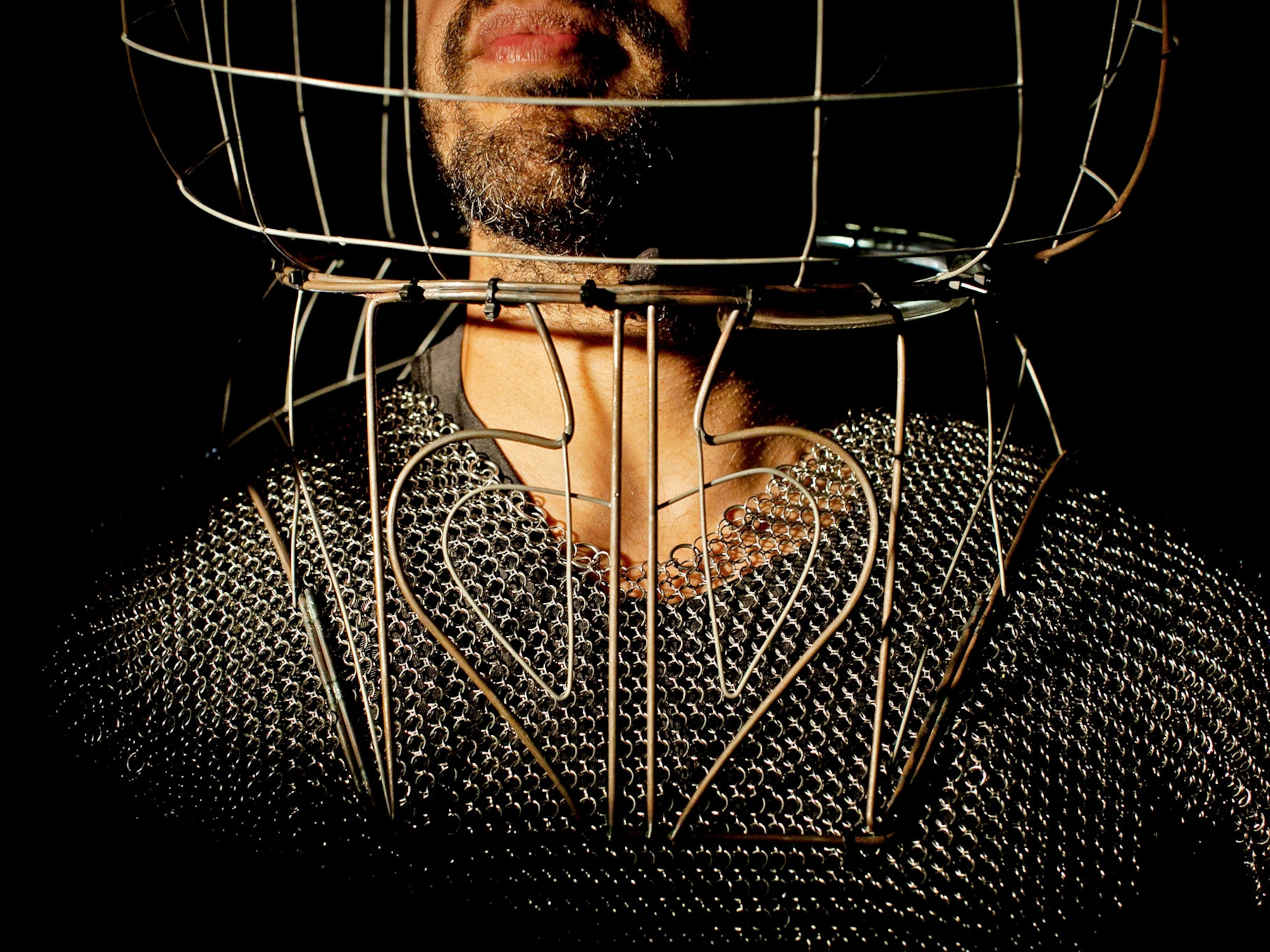
The Surprisingly Humanlike Ways Animals Feel Pain
A hurt rabbit pins back its ears and narrows its eyes—part of a "grimace scale" that tells us how animals feel discomfort.
Don't tell someone who just stapled a string of Christmas lights to their hand, but pain can be a good thing.
Pain is a messenger: It tells us that there's a problem and that we need to take care of it.
People can express discomfort, but animals sometimes have a tougher time. This led Weird Animal Question of the Week to wonder: "Do animals feel pain the same way we do, and how can we tell?" (Related: "Yes, Animals Think And Feel. Here’s How We Know.")
Show Us Where It Hurts
Mammals share the same nervous system, neurochemicals, perceptions, and emotions, all of which are integrated into the experience of pain, says Marc Bekoff, evolutionary biologist and author.
Whether mammals feel pain like we do is unknown, Bekoff says—but that doesn’t mean they don’t experience it. (Read how your dog knows exactly what you’re saying.)
There are some clues as to how animals—especially pets—communicate physical suffering.
For instance, Dorothy Brown’s dog Foster has phantom limb pain in a leg that was amputated after being hit by a car.
“He will be fast asleep and jump up and cry and look at where his leg used to be,” says Brown, who teaches surgery at the University of Pennsylvania’s Veterinary Hospital, where Foster was brought in for treatment. Human amputees also experience this phenomenon.
Veterinarians also rely on observant owners to report behavioral changes that may indicate painful conditions, such as no longer jumping up on the couch or a loss of appetite, Brown adds. (See "Four Weird Ways Animals Sense the World.")
Scientists have developed “grimace scales,” initially used for children, for mice, rabbits, rats, and horses. Each animal displays certain physical changes that are reliable indicators of pain; hurt rabbits, for instance, will stiffen their whiskers, narrow their eyes, and pin back their ears.
So there's some science behind owners' and vets' assertion that "I can see it in their eyes and I can see it in their face,” Brown says.

I Feel Ya
Interpreting pain gets more challenging with non-mammals such as reptiles, which "can't make facial expressions like mammals—many don't even have eyelids,” Bree Putman, postdoctoral fellow at the Natural History Museum of Los Angeles, says via email.
But that doesn’t mean they don’t hurt: "Reptiles, amphibians, and fish have the neuroanatomy necessary to perceive pain," according to the book Pain Management in Veterinary Practice.
Reptiles avoid painful stimuli, and pain-killing drugs reduce that response—both indicators they experience pain, Putman says.
In the wild, prey species such as rabbits will avoid showing pain, lest they get singled out as an easy target for predators, Brown says.
Bekoff says the same goes for predators, like wolves, for whom showing pain or weakness might make them vulnerable to their peers.
Birds have pain receptors, Bekoff says, and feel pain as mammals do. In a 2000 study, lame chickens chose food containing a painkiller when allowed to choose their own diet. (Related: "Why Woodpeckers Don’t Get Headaches.")
Creatures Great and Small
Regardless of the animal species, veterinarians treat their patients in a way “that is considerate of the fact that this could be a painful thing,” Brown notes.
That includes captive Galápagos tortoises, which can sometimes injure themselves during sex.
"If the male falls off the female after mating," she says, the giants can break their shell or even their leg. “That’s gotta hurt!”
But what a wowie of an owie.
Have a question about the weird and wild world? Tweet me, leave me a note in the comments, or find me on Facebook. Weird Animal Question of the Week answers your questions every Saturday.





